En Dubai, se inauguró la primera oficina del mundo creada a partir de una impresora 3D. El uso de éstas impresoras posee una serie de ventajas en distintos niveles. Por un lado, reduce el trabajo entre un 50% a 60%, por otro lado, se disminuye entre un 30% y 60% el desperdicio que genera la construcción.
La oficina, diseñada por Gensler, es el primer ejemplo mundial de una estructura impresa en 3D que va más allá de la creación de prototipos. Los arquitectos han utilizado la impresión 3D para construir pequeños modelos de estudios, pero el objetivo ha sido el de imprimir edificios funcionales en tamaño real.
«Es emocionante ser parte del equipo que produjo la primera oficina 3D impresa en pleno funcionamiento en el mundo», dijo el Director de Gensler, Richard Hammond. «Esto allana el camino para un futuro en el que la impresión 3D puede ayudar a resolver problemas ambientales apremiantes y urbanización, y nos permite ofrecer espacios muy personalizados para nuestros clientes en un marco de tiempo mucho más corto «.
LA OFICINA
El edificio, de casi 800 metros cuadrados es sede de las oficinas ejecutivas de la Fundación Futuro de Dubai. Diseñado en nombre del Comité Nacional de los Estados Árabes Unidos (EAU), la oficina se compone de elementos de hormigón impresos por WinSun Global en Shangai. El resultado es una estructura de alto funcionamiento y sustentable, que se ha montado, en lugar de construir, logrando un mínimo de desperdicio.
El proyecto no estuvo exento de desafíos, pero los beneficios que se obtuvieron con la construcción basada en impresoras 3D, superan con creces los retos.
El proyecto demuestra la promesa potencial de la impresión en 3D para cambiar la forma en que construimos edificios y ofrece una oportunidad sin precedentes para nuevas innovaciones en las prácticas de construcción.
The Future Has Arrived: World’s First 3D Printed Office is Inaugurated in Dubai
By Editorial Team
The world’s first 3D printed office. Using 3D printing technology reduced labor costs by 50-80 percent and construction waste by 30-60 percent overall.
The world’s first 3D printed office, designed by Gensler, was inaugurated last week in Dubai by His Highness Shaikh Mohammad Bin Rashid Al Maktoum, Vice President and Prime Minister of the UAE and Ruler of Dubai. Resulting from Gensler’s longstanding commitment to developing and driving the adoption of new design technologies, the 3D printed office is the world’s first example of a 3D printed structure that moves beyond prototyping to full occupancy. Architects have used 3D printing to build small study models, but the goal has been to print functional buildings at full size. Thornton Tomasetti and Syska Hennessy partnered with Gensler on the building.
«It’s exciting to be part of the team that produced the world’s first fully functioning 3d printed office,” said Gensler Principal Richard Hammond. «This paves the way for a future where 3D printing can help resolve pressing environmental and urbanization issues, and it allows us to deliver highly customized spaces for our clients in a much shorter time frame.»
The world’s first 3D printed office.
The approximately 2,600 square foot building serves as the executive offices for Dubai’s Future Foundation. Designed on behalf of the United Arab Emirates (UAE) National Committee, the office is composed of concrete components printed with a 20-foot high, 120 foot long, and 40 foot wide 3D printer by WinSun Global in Shanghai. Once printed, the components were shipped to Dubai, and installed on the grounds of the Emirates Towers. This innovative delivery model leveraged design synergies from around the globe, providing Gensler and its partners with the materials they required to create the first 3D printed structure fit for occupancy.
The result is a high-functioning, truly sustainable structure that was assembled, rather than built, with no formwork, no surplus and minimal waste. Using 3D printing technology reduced labor costs by 50-80 percent and construction waste by 30-60 percent overall. The project was not without challenges—ensuring the 3D printer could produce a building that adhered to established building and energy codes required creative problem solving—but the benefits far outweighed the challenges. The project demonstrates 3D printing’s potential promise for changing how we construct buildings and offers unprecedented opportunity for further innovations in construction practices.

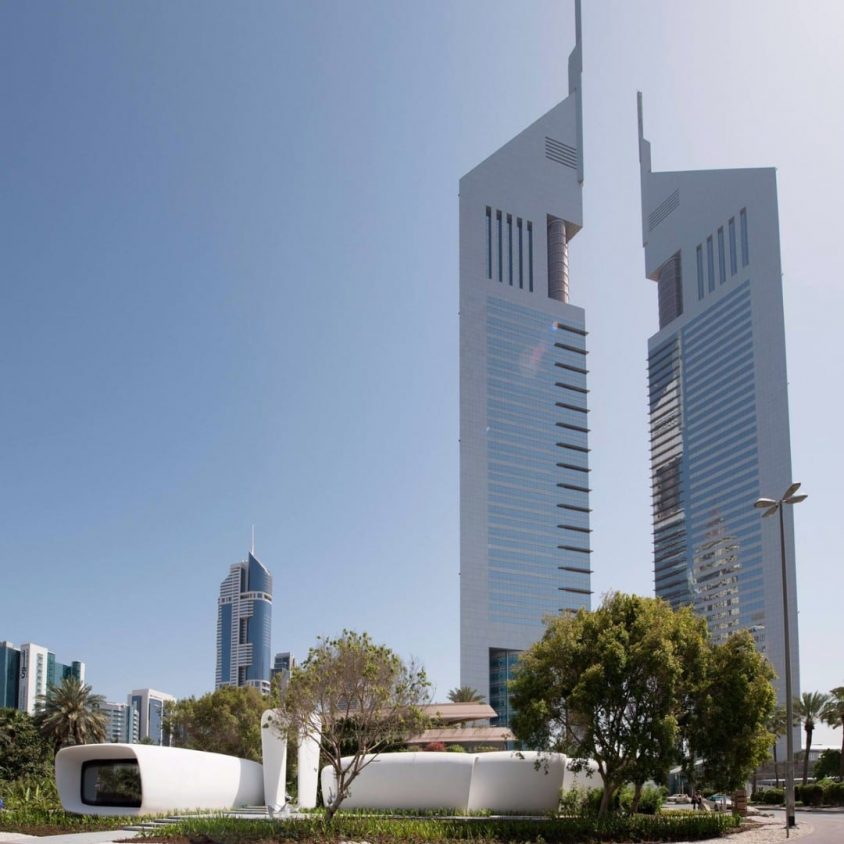
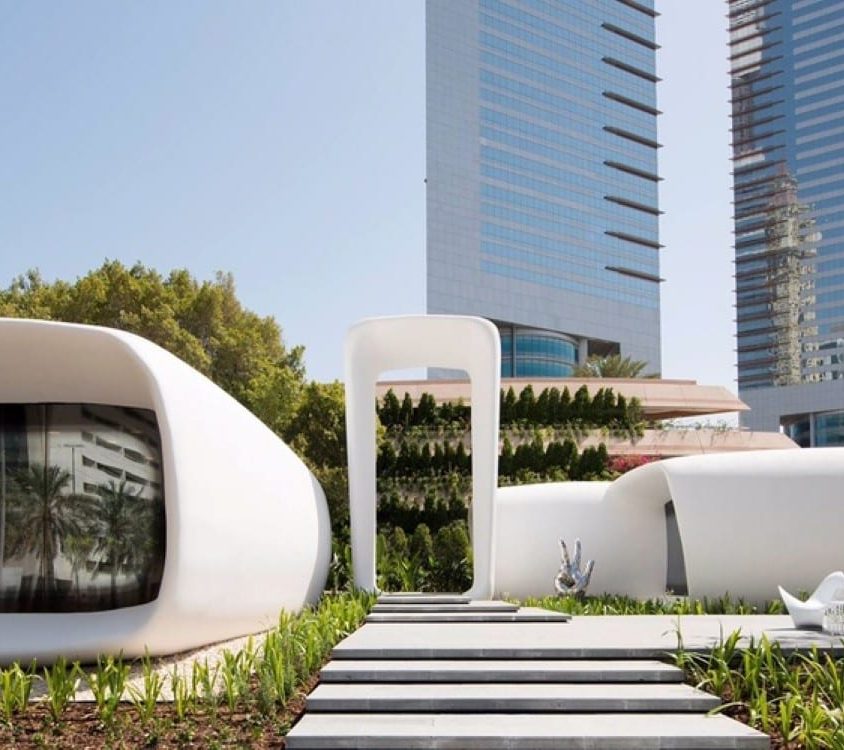
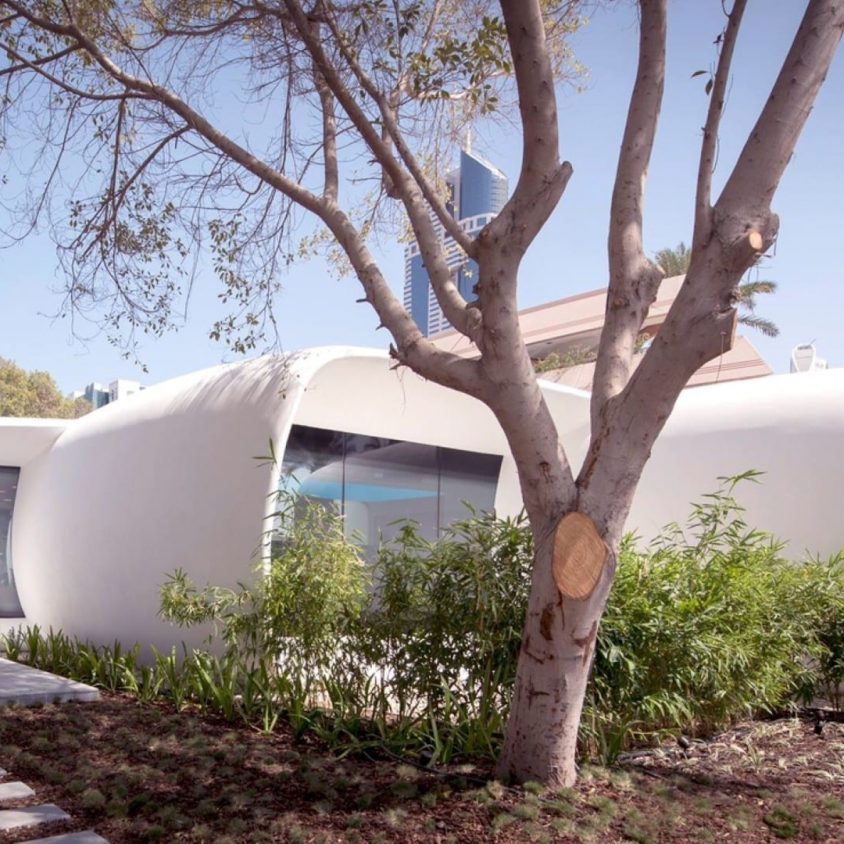
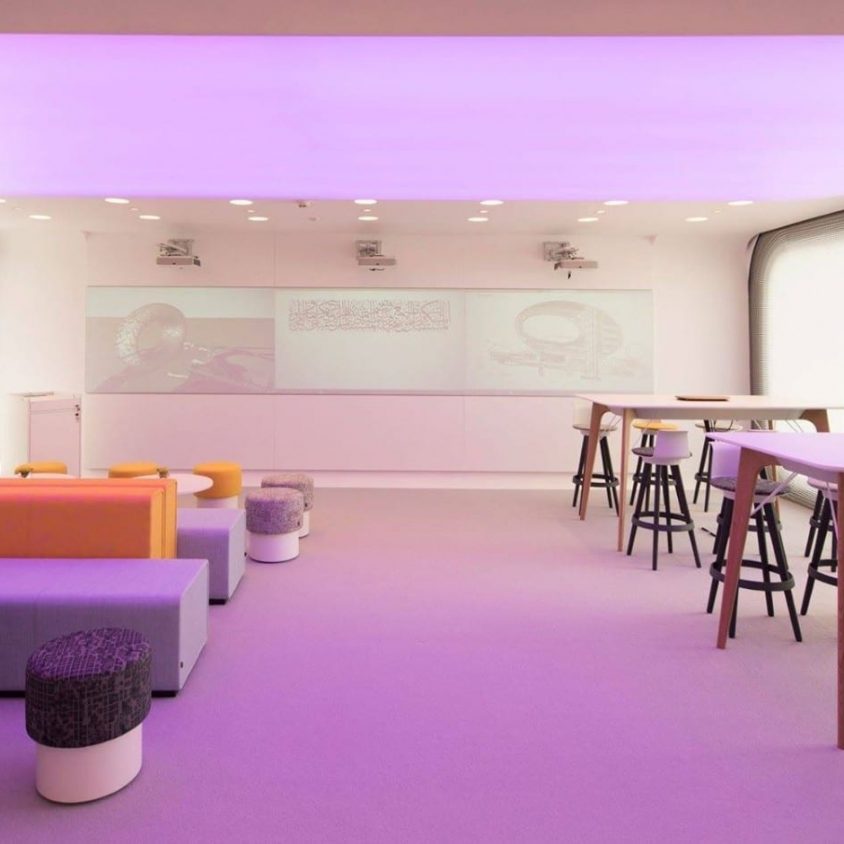
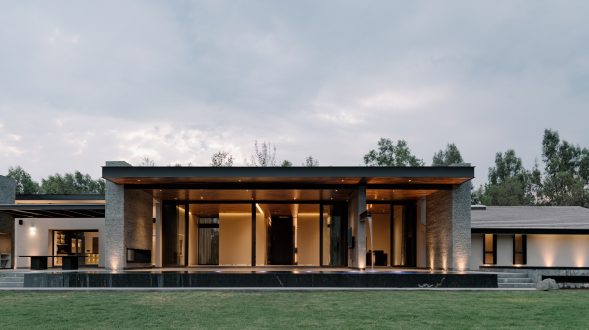 Casa La Joya
Casa La Joya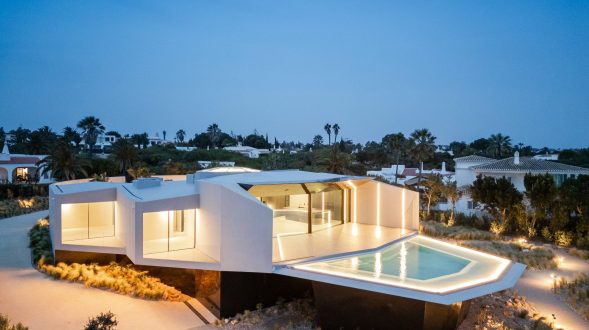 SKY BASE ONE
SKY BASE ONE CASA CARACOL
CASA CARACOL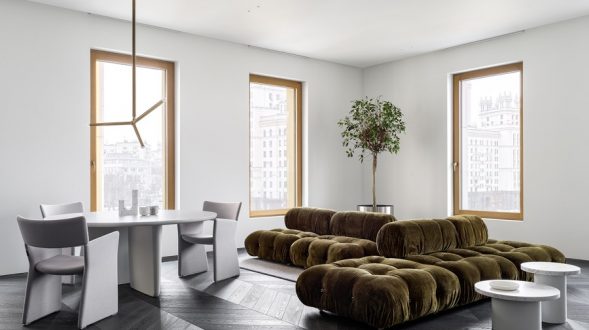 Un apartamento con vistas al centro de Moscú
Un apartamento con vistas al centro de Moscú
